ASUS Gaming Smartphone: 11mm-style ROG Phone with Speed-Binned Snapdragon 845
by Ian Cutress on June 4, 2018 7:35 AM EST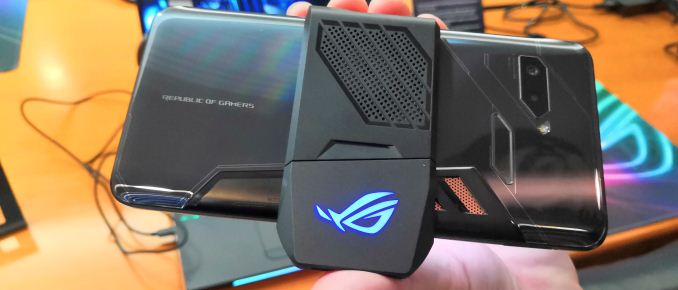
ASUS producing a gaming smartphone is one of the more esoteric news stories at the Computex 2018 trade show this year. To fire a shot right across the bow of Razer, ASUS is putting its ROG credentials on display: a speed-binned Snapdragon 845 running at a higher frequency than the standard S845 smartphones, a higher-than-standard 90 Hz refresh rate display with 1ms response time and 108% DCI-P3 gamut, programmable ultrasonic AirTrigger sensors, force feedback, and additional docks for purchase. One of the key elements is that ASUS built this phone with an 11mm thickness, well beyond the 7-8mm we see on flagship smartphones today. They have put that additional volume to incredible use for extra battery, more haptics, bigger speakers, more connectivity, and it's a showcase of what we could see if other smartphone manufacturers offered a bit extra z-height.
The 6-inch 2160x1080 AMOLED display is paired with the high-performance Snapdragon 845 SoC, 8GB DRAM, 128GB and 512GB of UFS 2.1 storage, along with a 4000 mAh battery, 20W ASUS Hyper Charge, support for 24-bit audio, and Corning Gorilla glass. One of ASUS’s key marketing points is the use of ASUS Aura RGB lighting, with the company stating that this is one of the first phones (if not the first) to fully exploit RGB in this way.

Comparing the size of the LG V30 (left) and ROG phone (right). It's big
For control, ASUS will be adding three ultrasonic air touch sensors – two shoulder triggers being the main ones. These are designed to be fully programmable and are more sensitive with haptic feedback.
With the AeroActive cooler, which is bundled with the phone, aside from an additional fan to help cool the phone and sweaty fingers, it provides an extra USB Type-C connector which is side mounted for direct charging, HDMI output, Gigabit Ethernet, and headphones.
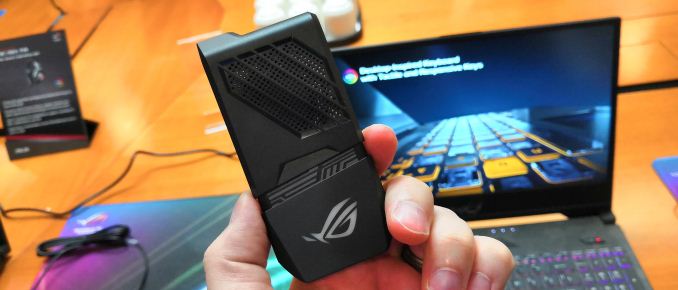
Bundled AeroActive Cooler, attaches to side port
ASUS will be offering the ROG Phone with a series of accessories, including a TwinView Dock to convert the machine into a dual-screen hand-held console. The Dock also offers front-facing quad-speakers, two extra physical trigger buttons, better haptic feedback, an enhanced cooling system, and a 6000 mAh extended battery back.
The Mobile Desktop Dock, another accessory, allows the phone to be connected to a 4K monitor, mouse, keyboard, and wired gigabit networking.
The Gamevice controller and the WiGig dock, also to be available, focuses on 802.11ad wireless display connections as well as a dual analog stick gaming – like a console
| ASUS ROG Phone | |||
| Processor | World’s fastest, speed-binned 2.96Ghz octa-core Qualcomm® Snapdragon™ 845 Mobile Platform |
||
| GPU | Qualcomm® Adreno™ 630 | ||
| UI | ROG Gaming UI | ||
| Display | 6.0“ 18:9 (2160x1080) AMOLED 90Hz refresh rate with 1ms pixel response time 108.6% DCI-P3 color gamut 10000:1 contrast ratio Capacitive touchscreen with 10-point multi-touch (supports Glove Touch) Discrete image processing chip support HDR display – gaming, video & images |
||
| Dimensions | 158.8 x 76.2 x 8.6mm | ||
| Weight | 200g | ||
| Battery | 4,000mAh | ||
| Memory | LPDDR4 8GB RAM | ||
| Storage | UFS 2.1, 128GB / 512GB | ||
| Sensors | Accelerometer, e-compass, proximity sensor, Hall sensor, ambient-light sensor, fingerprint sensor, gyroscope, 2 x ultrasonic AirTrigger sensors | ||
| Wireless connectivity | 802.11a/b/g/n/ac/ad 2x2 MIMO; Wi-Fi Direct and Wi-Fi Certified WiGig® 802.11ad wireless display support Bluetooth® 5.0 |
||
| GPS | Supports GPS, aGPS, Glonass, BeiDou | ||
| I/O ports | Side: Custom USB-C™ Supports USB 3.1 Gen 1 / DP 1.4 (4K) / fast charging (QC 3.0 +QC 4.0/PD 3.0) (15W) ASUS HyperCharge direct charging Bottom: USB-C™ Supports USB 2.0 / fast charging (QC3.0/PD3.0) (20W) / Direct Charge 3.5mm headphone jack |
||
| Front Camera | 8MP | ||
| Main Camera | 12MP + 8MP (120° wide-angle) | ||
| Voice Wakeup | Yes | ||
| Speakers | Dual front-facing stereo speakers with smart amplifier 24-bit/192KHz Hi-Res Audio DTS Headphone:X™ 7.1 virtual surround-sound Qualcomm® aptX™ High-definition Bluetooth® wireless audio |
||
| NFC | Supported | ||
More information as we get it at the show, hopefully with some hands on.
| Want to keep up to date with all of our Computex 2018 Coverage? | ||||||
 Laptops |
 Hardware |
 Chips |
||||
| Follow AnandTech's breaking news here! | ||||||


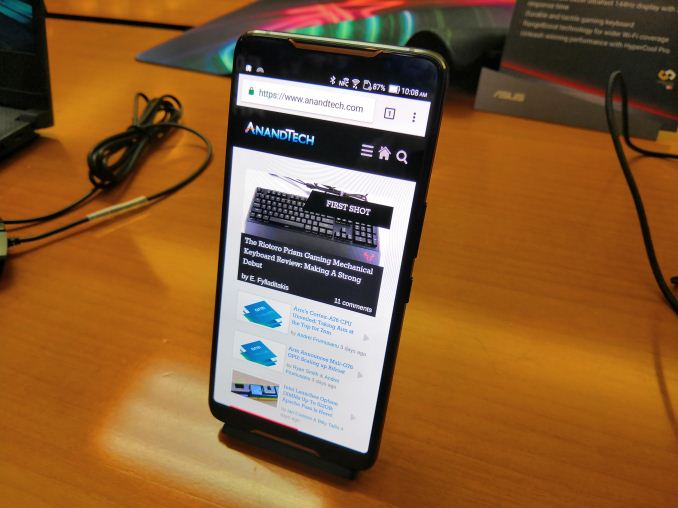
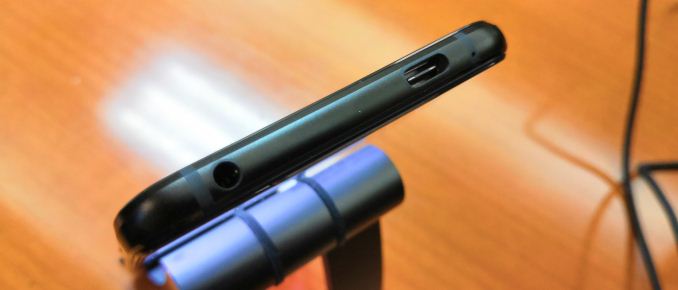
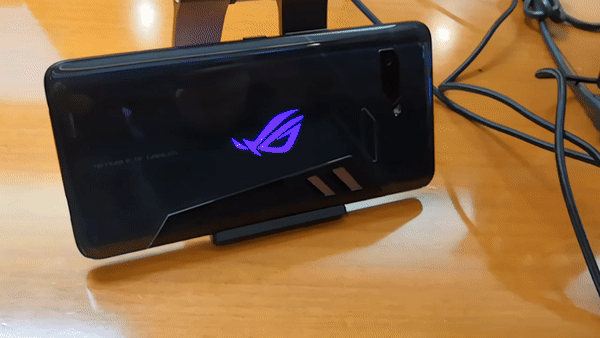
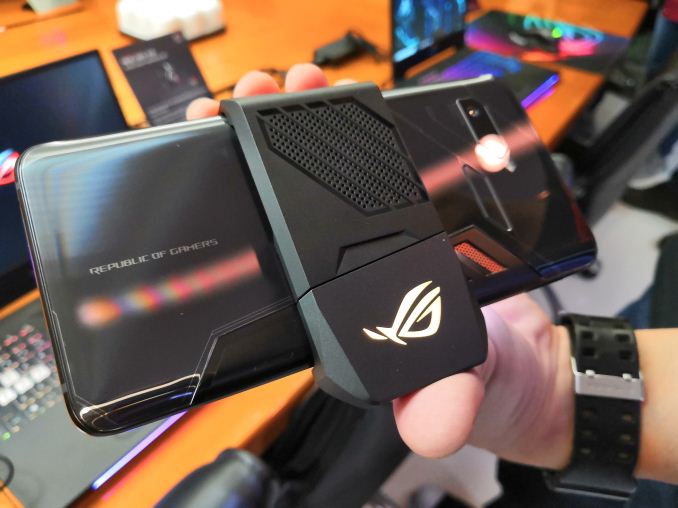
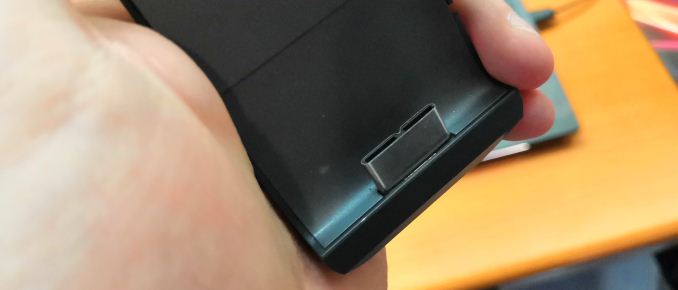
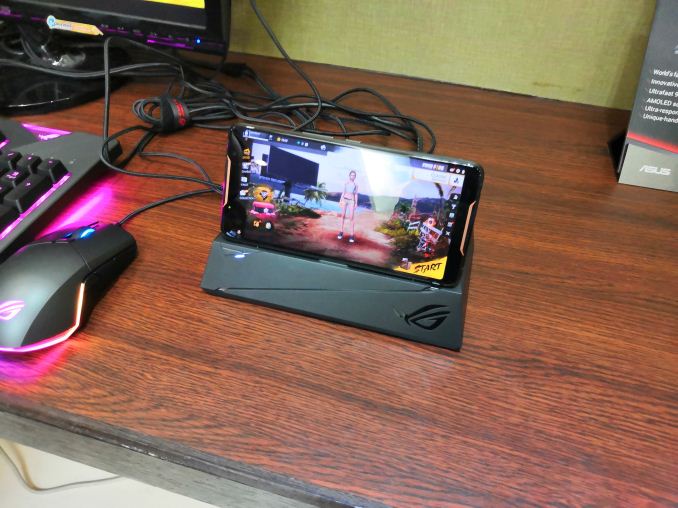

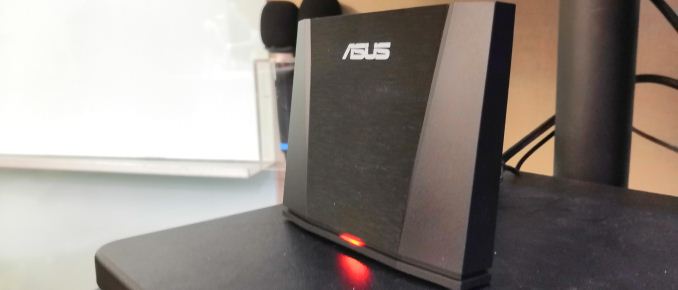
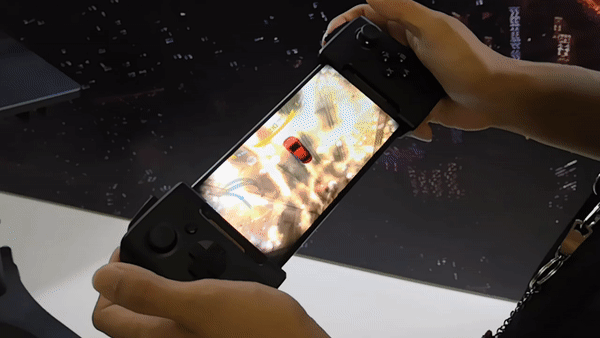








83 Comments
View All Comments
jordanclock - Monday, June 4, 2018 - link
So far WoA has only been on Snapdragon 835/845 SoCs. Qualcomm is working on a new 1000 series SoC with TDPs closer to typical laptop CPUs. Between higher thermal envelopes for higher clock speeds, maybe a larger GPU and any other generational improvements, you could see WoA on a SD1000 series SoC being very close to or better than Atom.But I think Microsoft should also add more incentives to developers releasing ARM versions of apps. Emulation can help alleviate the gap but there will always be a gap.
Alistair - Monday, June 4, 2018 - link
Yes I hope MS doesn't give in. A slightly higher TDP Snapdragon with A76 cores, that would be quite the powerful laptop.Manch - Tuesday, June 5, 2018 - link
Yeah and all of those will cost it the battery life it claims as it's lynch pin. I don't put any stock in "maybe in the future" products. I'd rather have a down clocked Intel/AMD machine with a LTE modem. Full compatibility, better performance, AND good battery life.ZeDestructor - Tuesday, June 5, 2018 - link
Those already exist in tablet/convertible tablet form.Based on the lack of x86-powered phones, the shutdown of Intel's phone efforts and the non-existence of AMD phone-grade chips of any sort, I don't see an x86 Windows-based phone showing up anytime soon. So we have to rely on WoA then.
To counter your WinRT performance experience, you do know those ran on a Tegra 3 SoC, right? Those were unimpressive when new, and were very, very quickly superseded. I believe an SDM845 is easily 4-8 times as fast as that Tegra, and unlike the Tegra also integrates all the wireless connectivity you want for improved battery life.
That said, as a dockable phone, do you really need that much computational power in it? I mean, if I had a dockable phone, it would likely be my "I have no laptop/convertible tablet/desktop near me" device - something that gets me internet, MSOffice, SSH, media playback and not much else.
Manch - Wednesday, June 6, 2018 - link
I had the various RT tablets, for phones I had the 560,810, 880, the 1080, then the heartbreakingly craptastic 950XL which is now used as a GPS. I'm done pinning my hopes on a useable WoA. As a dockable phone, no I don't need Windows. As a tablet or higher, I want x86/x64 Windows or not at all. I had the dock for the 950XL and for a select few apps it worked OK. I thought it would be my ultraportable machine for when Im TDY. Nope, it was a horrid disaster. As much as Asus or HP charge for their WoA laptop/hybrids, You can get a low end Surface Pro or an XPS for those prices so I see zero advantage in getting a WoA. I have as zero faith in this iteration of WinRT/WP8/WP10/WoA Now this may be a fun gaming phone but in my experience, jack of all trade devices like these are too compromised. If WoA were on it, I'd run for the hills. Maybe Ill be wrong. Maybe this thing will have awesome capability and long batt life, etc. Not holding my breath though.Cliff34 - Monday, June 4, 2018 - link
Mainstream users don't need to game on their smartphone.el_rika - Tuesday, June 5, 2018 - link
Mainstream users love to brag about their new phone for a couple of weeks and then pay for it for the next two years.PeachNCream - Monday, June 4, 2018 - link
I'd like to see a fully wireless dock or cradle for a phone that can charge it, allow for connectivity to external devices including a keyboard, mouse, and speakers or headphones, and a display. Physical connectors just aren't very durable so while they're an okay solution right now, it'd be nice to do this without the hard/mechanical plugging and unplugging.Despite that shortcoming, which is more of a limitation of current technology, this isn't a bad idea. I don't care for the UI on that phone or the stupid gamer LEDs and other gimmicks that Asus has been strapping on, but the principal of phones that can be used to replace desktops and laptops is interesting to me from a productivity perspective.
peevee - Monday, June 4, 2018 - link
USB-C is specified for 10,000 insertions. Plenty.Of course, if they cheaped out on a supplier, the connector they use may not be up to the spec. Or it could be better than that.
PeachNCream - Monday, June 4, 2018 - link
That's nowhere close to the number of worry-free insertions I need to perform. I want hundreds of daily insertions and USB-C is nowhere close to being able to give it to me. Besides, I'm sure that specification assumes rather gentle usage. What if my insertions are angry ones? Do I only get 5,000 because I have a habit of really cramming it in there when I'm trying to do multiple things at once? This is why physical contact-free technologies are important.